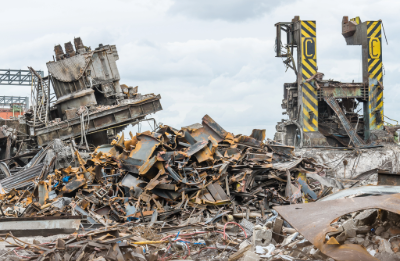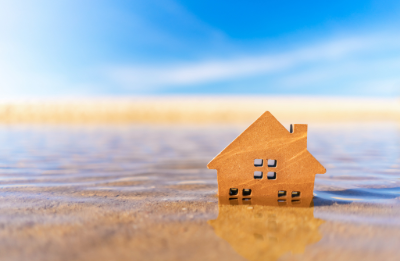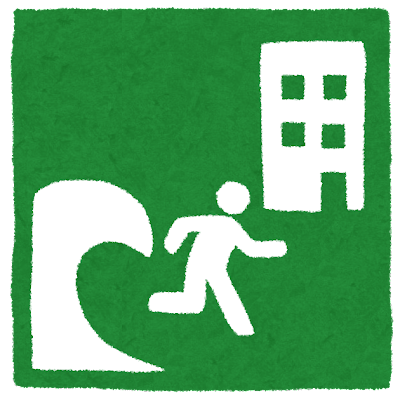
A tsunami is a giant wave caused by a sudden displacement of the ocean, usually by an earthquake or underwater volcanic eruption. Tsunamis travel very quickly and have immense force. Therefore, rapid evacuation is crucial when a tsunami occurs.

Here are a few things you can do to protect yourself from the waves.
Be careful for about 12 hours. Stay away from the coast until warnings and advisories are lifted.

Studies have shown;
The massive 8.8 magnitude earthquake that struck South America’s Chile on February 27, 2010 (local time) generated a tsunami that reached as far as the Japanese archipelago. It’s said that for this Chilean earthquake, the highest waves were not the first but rather the fourth or fifth waves. It’s important to stay away from coastal areas until all warnings and advisories have been lifted.
Let's use World Tsunami Awareness Day as a chance to deepen our understanding of tsunamis and strengthen our preparedness efforts. By following the information provided, we can work together to ensure the safety of our families and communities.
